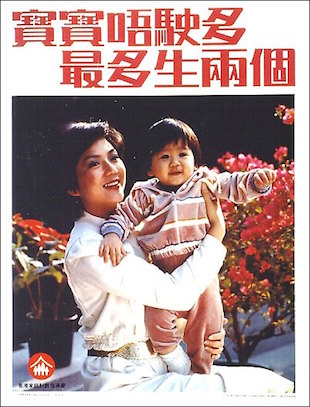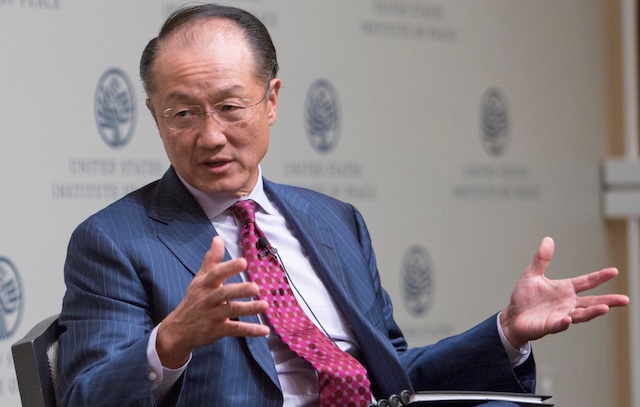By Thalif Deen UNITED NATIONS | 11 July 2024 (IDN) — The world’s population is expected to rise—from the current 8.2 billion people to around 10.3 billion in the mid-2080s—and eventually stabilize at around 10.2 billion by the end of the century. The new projections were released on July 11 by the United Nations in […]
China’s New Two-Child Policy No Economic Panacea
By Shastri Ramachandaran* | IDN-InDepthNews Analysis
BEIJING (IDN) – The ending of China’s one-child policy, which gained notoriety for its coercive implementation, is a landmark event of immense economic and political significance, but there are serious question marks about whether it can effectively produce the positive economic fallout that its architects expect.
The importance of the October 29 decision of the Communist Party of China (CPC) to jettison the 35-year-old draconian one-child policy in favour of a new, universal two-child norm is primarily political as underscored by the fact that the announcement was made in a communique released at the conclusion of the four-day conclave – Fifth Plenum – of the CPC’s 18th Central Committee.
The main purpose of the plenum was to finalise China’s 13th Five-Year Plan – the first since Xi Jinping became President – and map the road ahead for the world’s second largest economy, which has had to contend with a falling growth rate in the last few years. China now aims to strive for a GDP growth rate of 6.5 to 7 percent during the five years of this Plan ending in 2020.
Global Population Shift Set to Reshape Economic Development
By International Press Syndicate | IDN-InDepthNews Report*
TORONTO (IDN) – As migrants and refugees from Africa and the Middle East continue to arrive in Europe in unprecedented numbers, a new World Bank/IMF report says that large-scale migration from poor countries to richer regions of the world will be a permanent feature of the global economy for decades to come as a result of major population shifts in countries.



